Significant 18th and 19th Centuries Discoveries in Archaeology
Significant 18th and 19th Centuries Discoveries in Archaeology
Pompeii
Herculaneum
The sites of Pompeii and earlier Herculaneum hold a special place in the history of Archaeology. these two roman cities, lying at the foot of Mount Vesuvius in Italy, were ever trapped in time in August AD 79 when Vesuvius erupted and buried them under volcanic ash and mud respectively.
Statue Head from Herculaneum
It was only in 1710 that Prince of Elboeuf stumbled upon the site of Herculaneum while searching for worked marble. He discovered the ancient city theater, but was more interested in various artworks which he removed and added to his collection without recording their original locations.
Pompeii
After Pompeii was discovered in 1748, the King and Queen of Naples became the patrons of the work conducted on the sites. Unfortunately this consisted of little more than forays in search of statues to adorn their palace . It was not until 1860 that well recorded excavations began to take place at Pompeii under the direction of Giuseppe Forelli. Forelli, who was interest in the everyday lives of the inhabitants, started painstaking excavations of the ancient insulae or city blocks by dividing them into blocks and layers.
He also invented the technique of pouring plaster into the cavities of ash that covered the city and ended up casts of the cavity shapes. These were recognized as the bodies of humans and animals, wooden structures, furniture, and other organic material that decayed after being engulfed by volcanic ash. The preservation conditions at Pompeii are such that even carbonized loaves of bread and a library of carbonized papyri have survived.
The City of Troy
The self made German millionaire Heninrich Schliemann was exceptional not only in his business acumen, but also in his belief in what most people would have described as the Greek myth of Odysseus. Schliemann was obsessed by Homer's account of the Trojan War and Odysseus' wanderings in his classic works, the Lliad and the Odyssey.
After having made his fortune, he left for Turkey and following Homer's topographical descriptions, found a mound at Hissarlik which he correctly identified in 1870 as the city of Troy. Schliemann also used Homer's account to explain many of the archaeological finds retrieved. These included a hoard of golden jewellery which he explained as King Priam's treasure. It consisted of among others, a diadem, earrings and a necklace. The importance of the find lay not only in the fact that it proved the myth, but it also emphasised the potential of historical sources in Archaeological research.
Altamira
The exact circumstance around the discovery of the paintings in the cave in Altamira cave in Spain are somewhat hazy. Some sources hold that they were discovered by the five year old daughter of Marcellino de Sautola in 1875. After visiting a French exhibit of stone stools, he decided to see whether similar artefacts could not be found in the caverns on his own estate, Altamira. His daughter Maria accompanied him on his expedition and so found the 14000 year paintings that according (Fagan 2001:54). According to Bahn Vertut (1997:17), however, de Sautola's first name was Sanz and his daughter discovered the paintings only in 1879.
De Sautola's claim that the paintings had been executed by the Ice Age people found who made and left the stone tools in the cave was rejected until similarly styled paintings were found in sealed French cave after his death death in 1888. The beautiful descriptions of among others, a cluster of poloychrome bison and charging boar found at Altamira, proved the antiquity of European rock art beyond doubt.
Please Follow Me if you interested in Archaeology and History.
Please check out my other Posts:
Archaeology as a Profession- Part 2
Archaeology as a Profession- Part 1
To Become or Not Become an Archaeologist? - Introduction to Archaeology Part 2
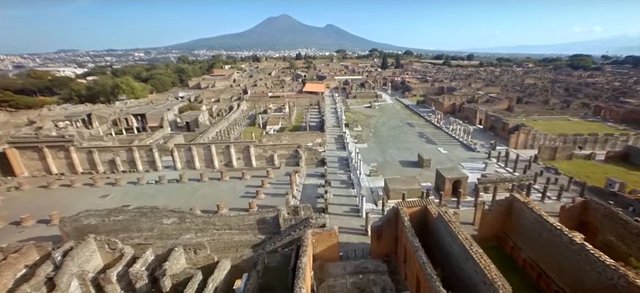
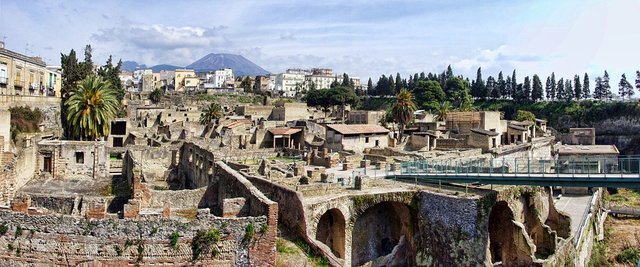
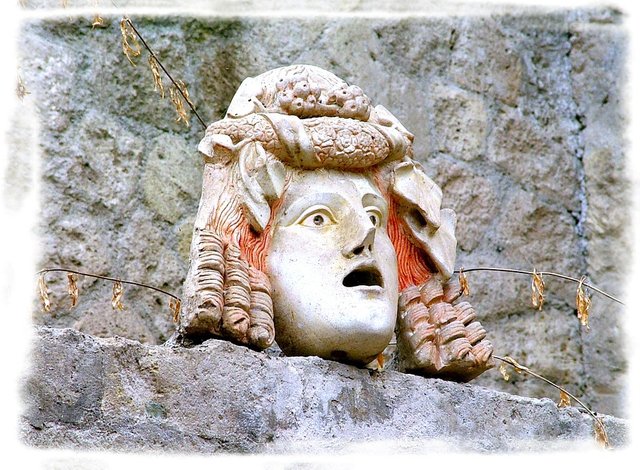
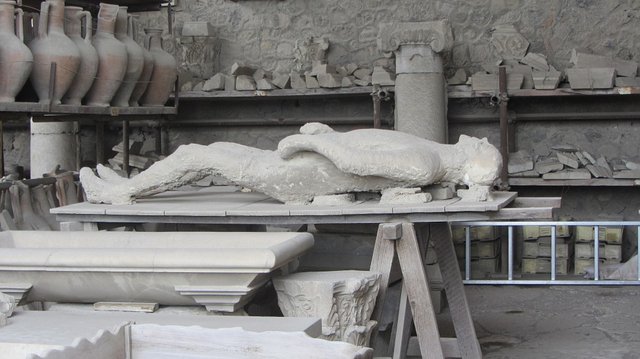
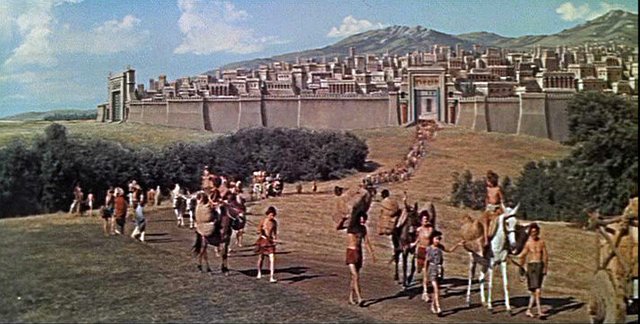
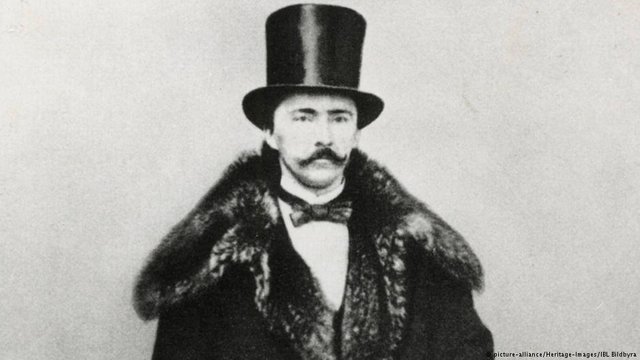
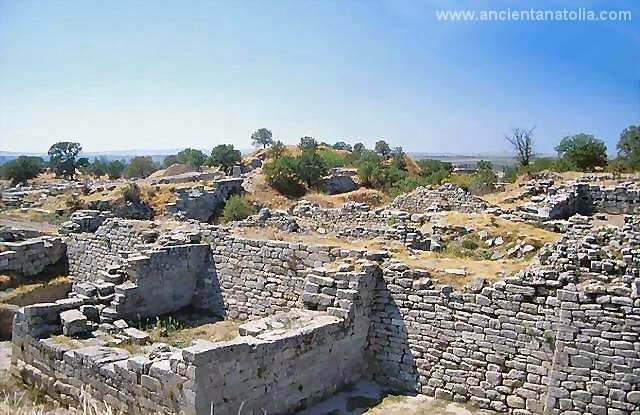
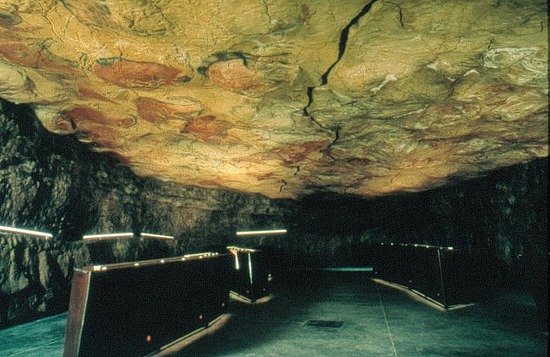
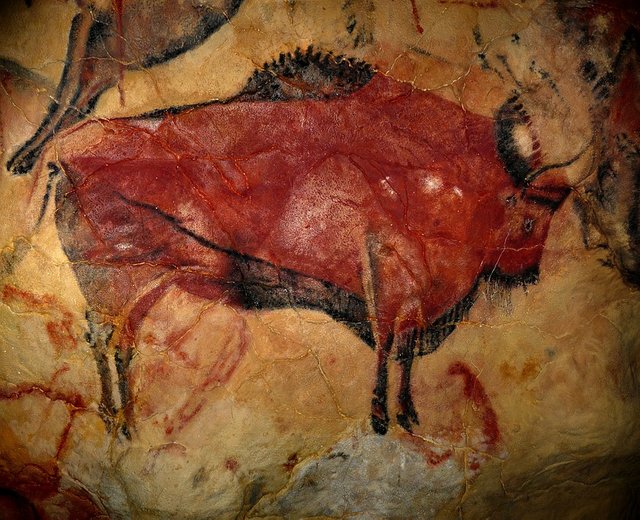
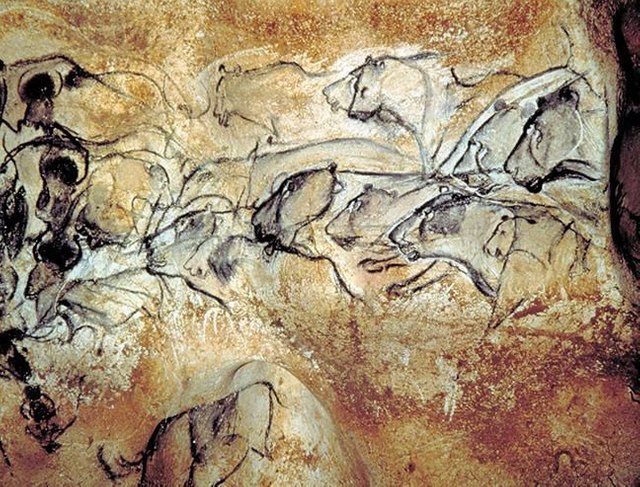
Hi @zest I have always had a passion for Archaeology only in a very amateur sense but I remember being enthralled at a very early age, around seven or 8, I had an old set of Arthur Mee's encyclopaedias and read up everything I could. That interest has never left me. I will definitely be following you. Upvoted and resteemed.
Wonderful post, my friend.
Although I have heard and read of these stories many times they are still fascinating to me after all these years!
Well done!
...upvoted and resteemed
Amazing how well preserved item and even the positions of people were when the Volcano erupted and lava flowed into Pompeii.
@pothead got you a $1.59 @minnowbooster upgoat, nice! (Image: pixabay.com)
Want a boost? Click here to read more!